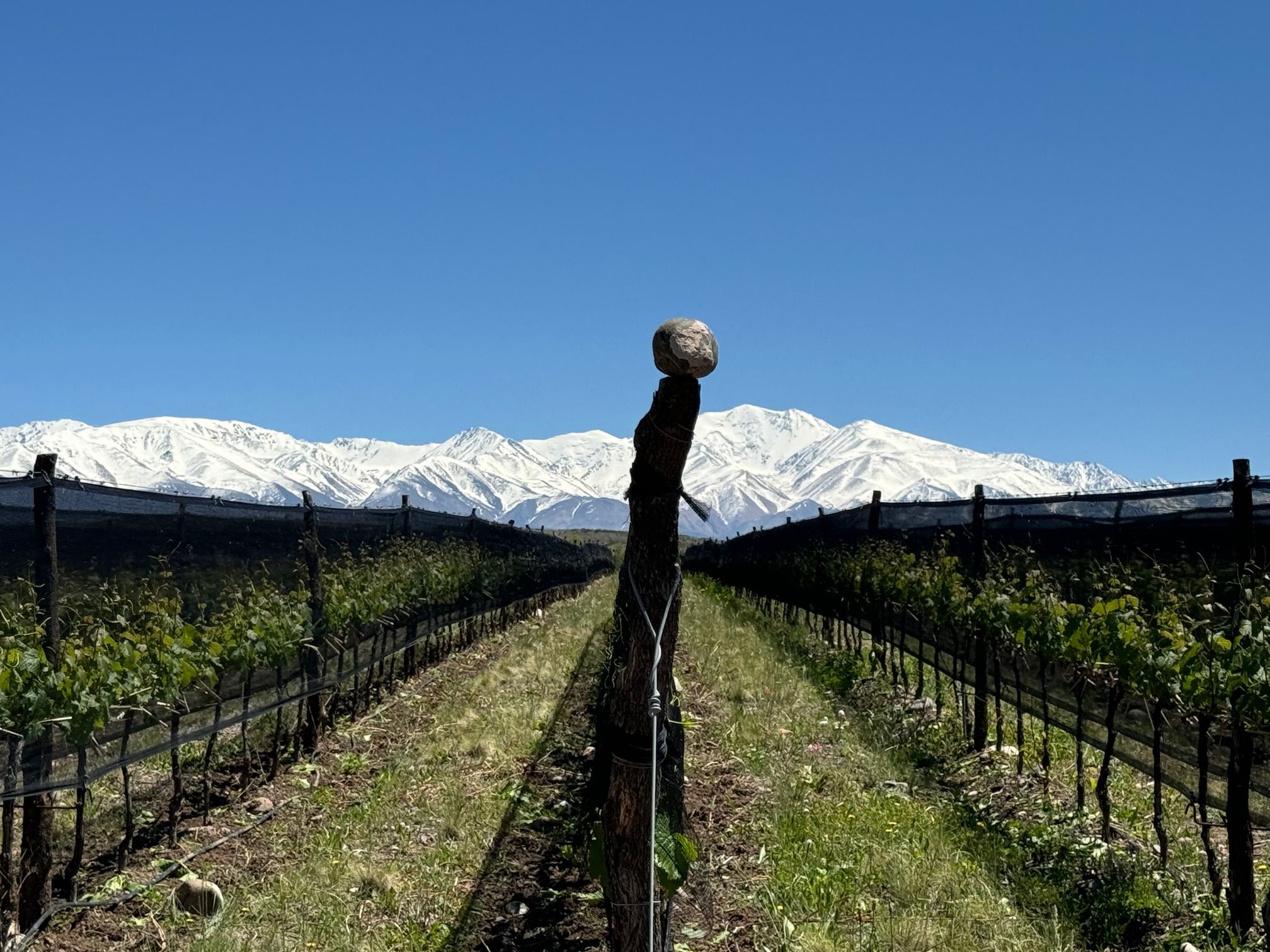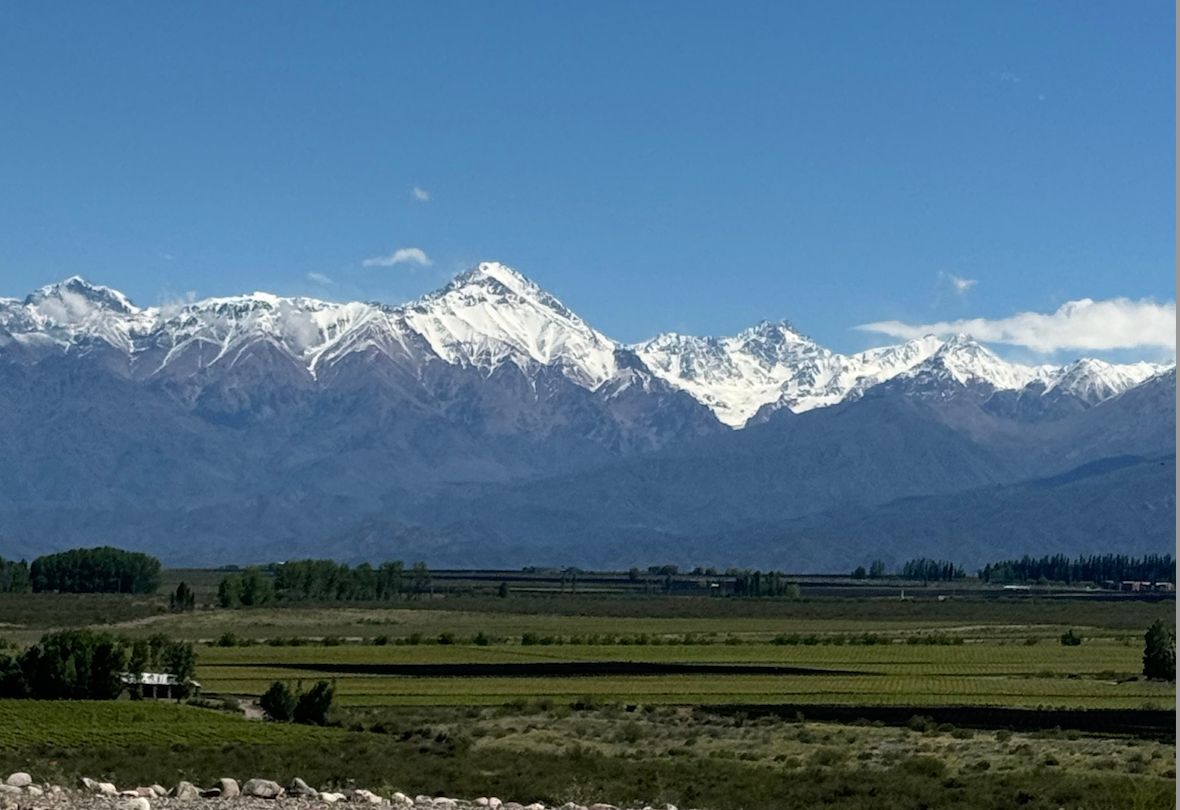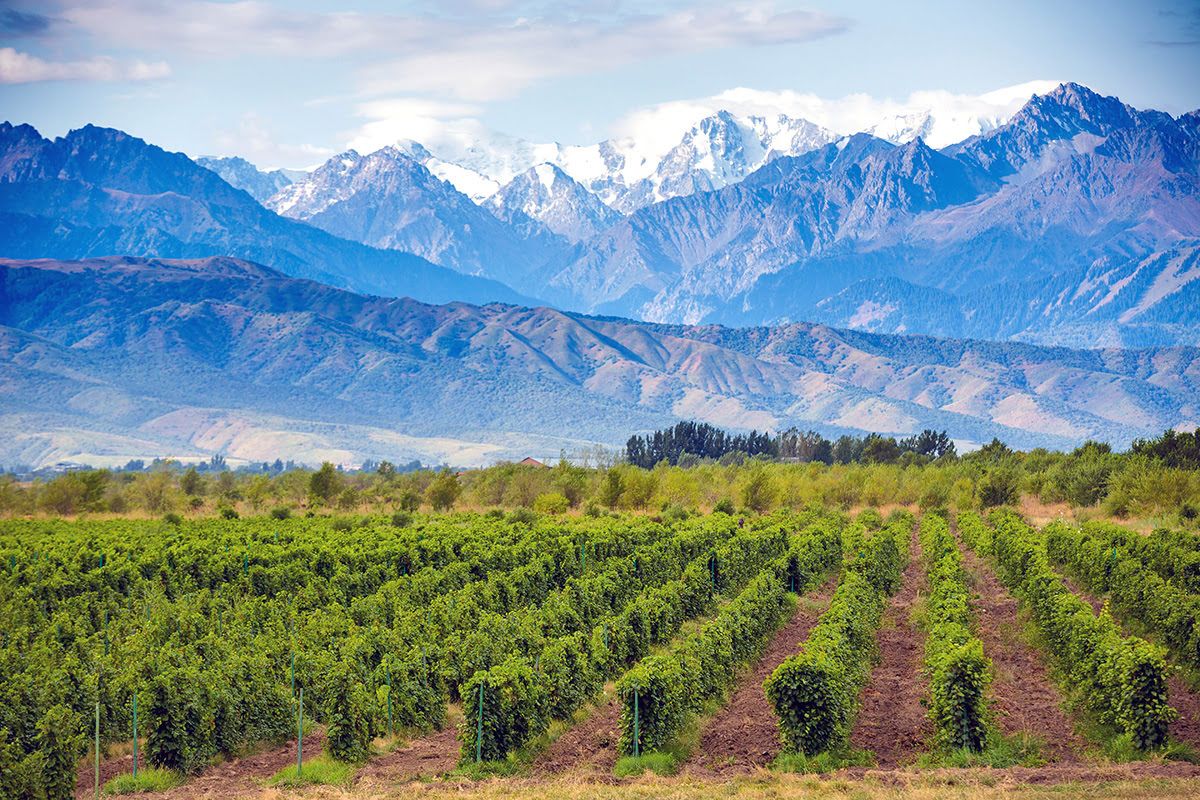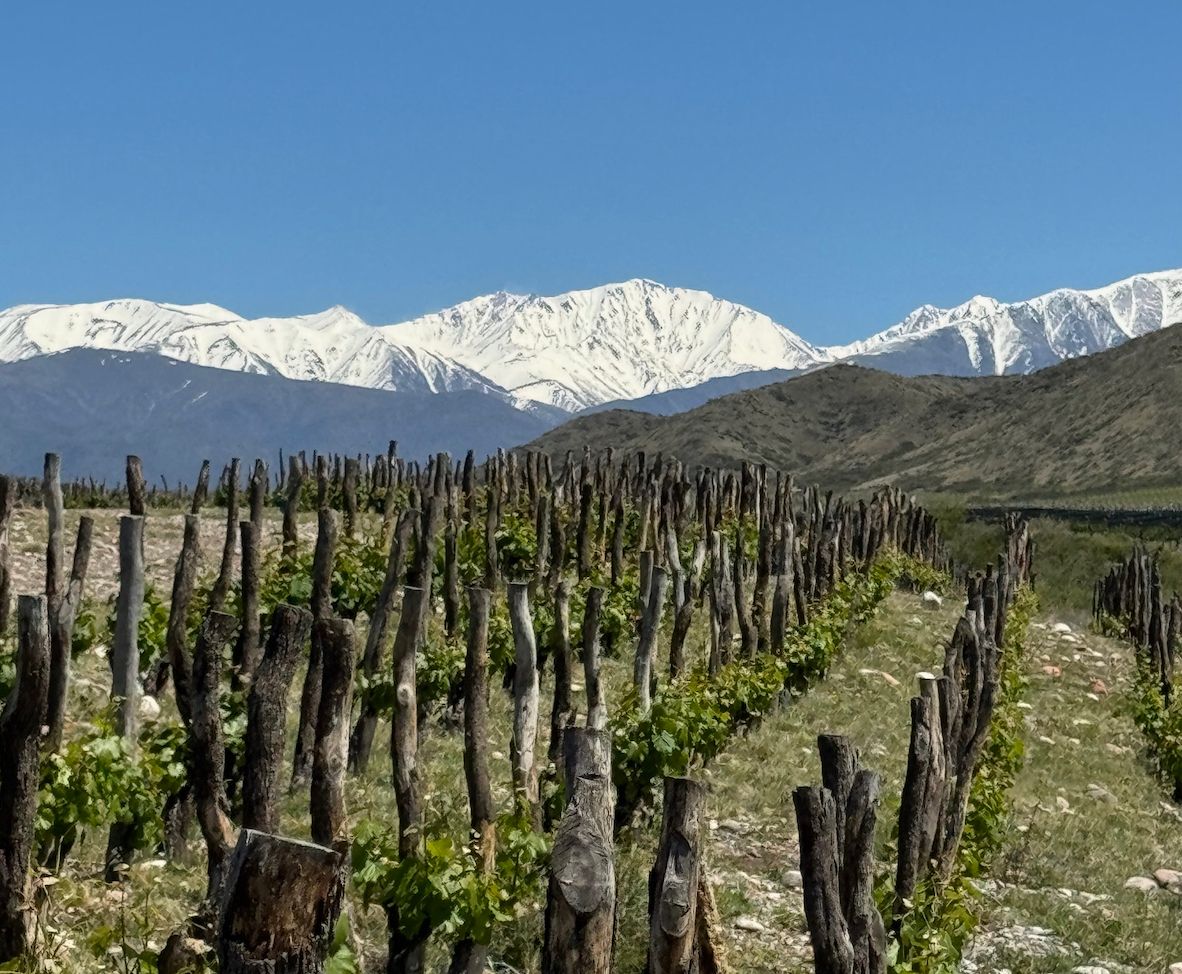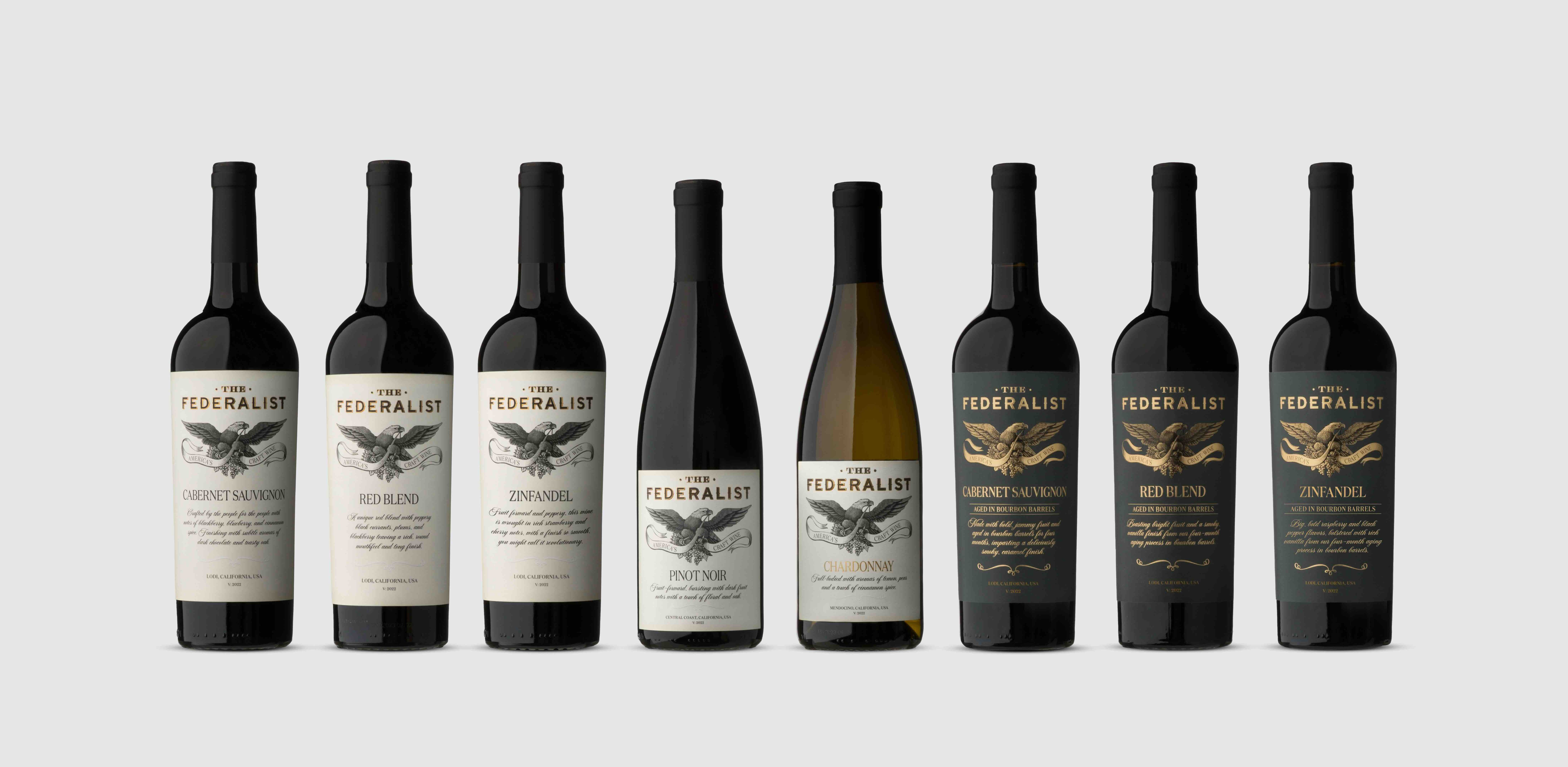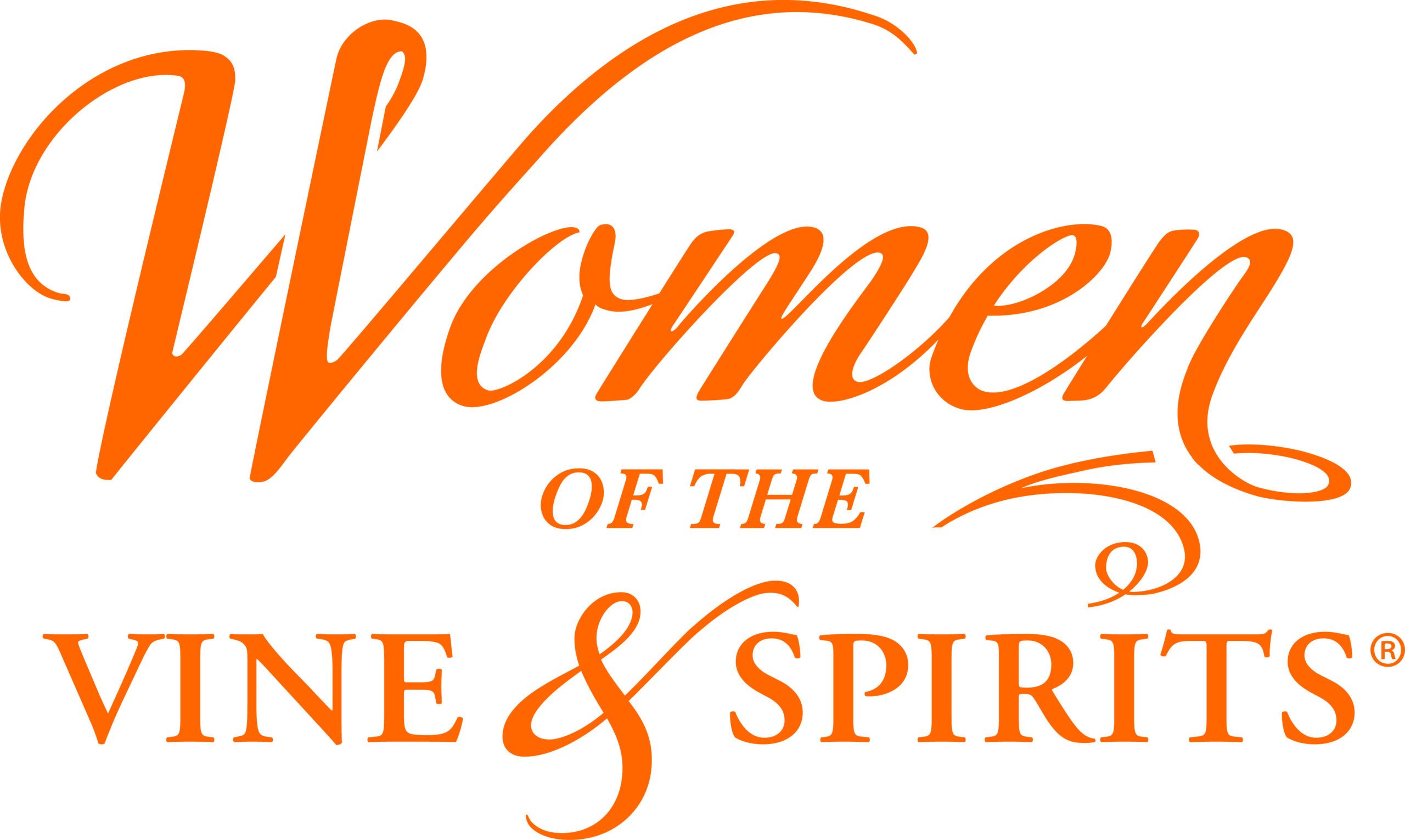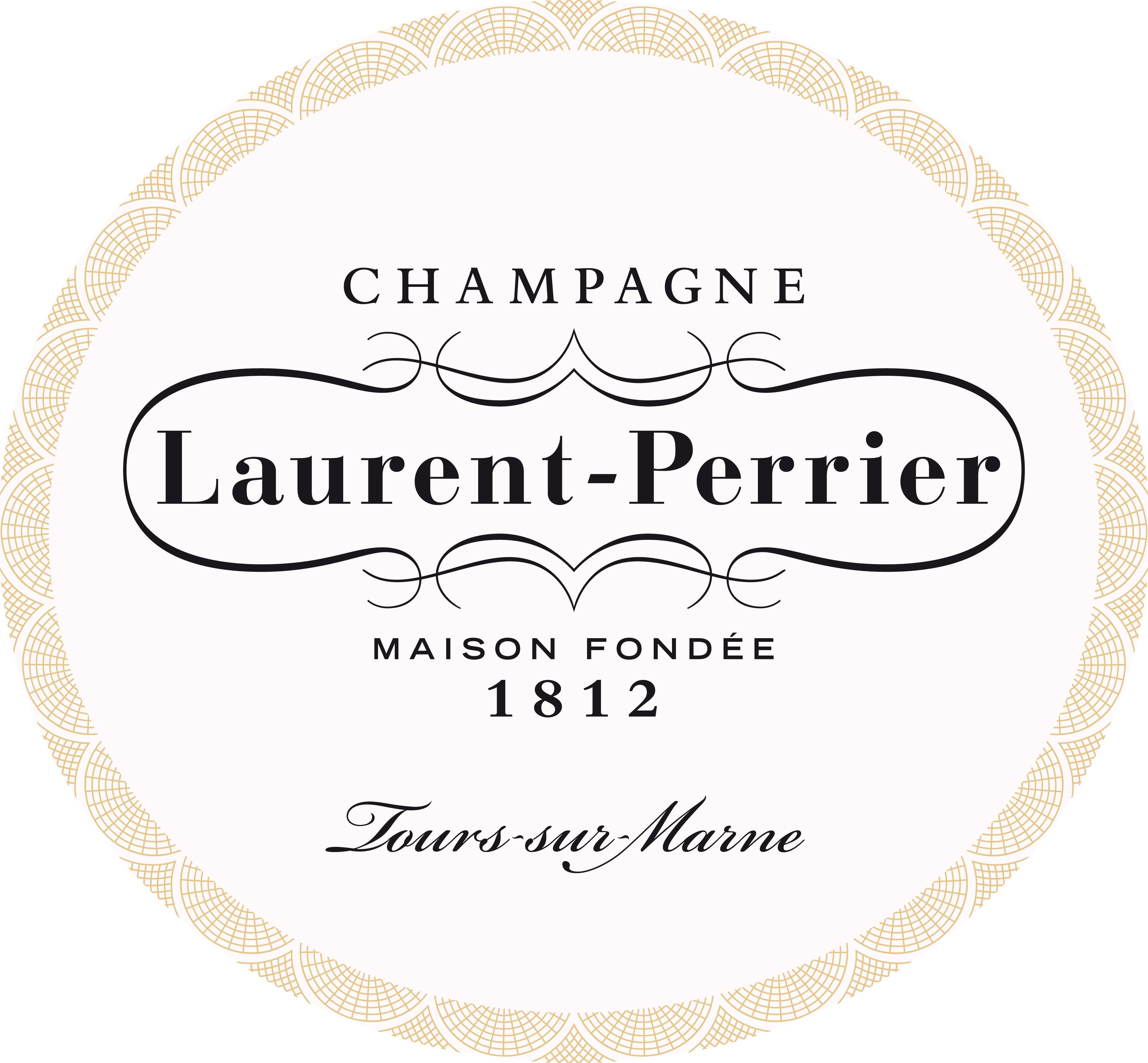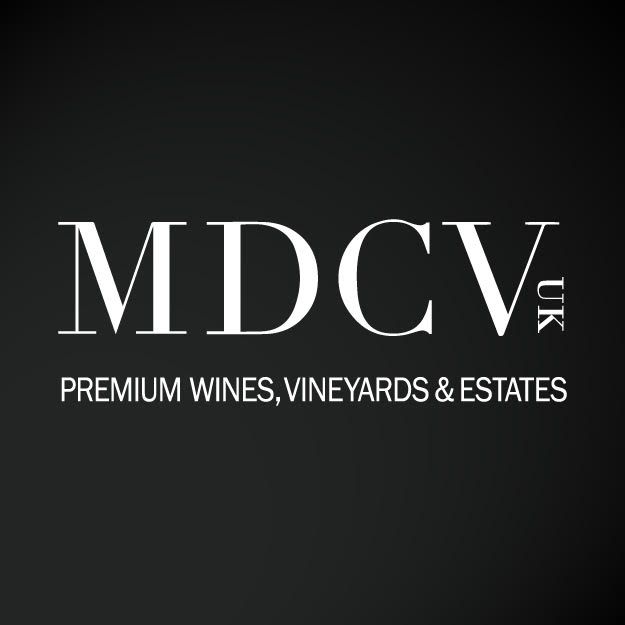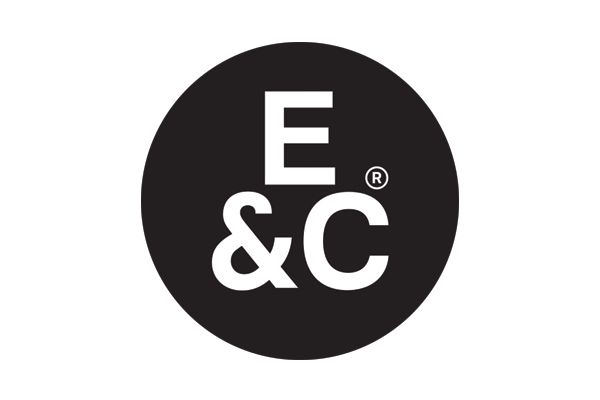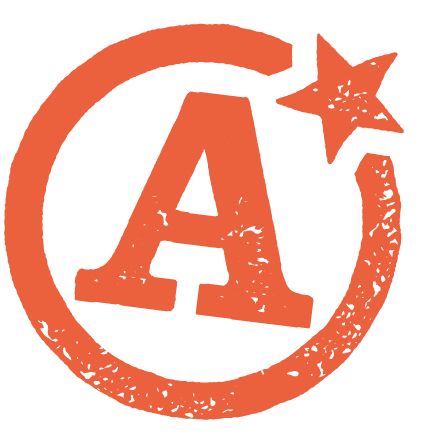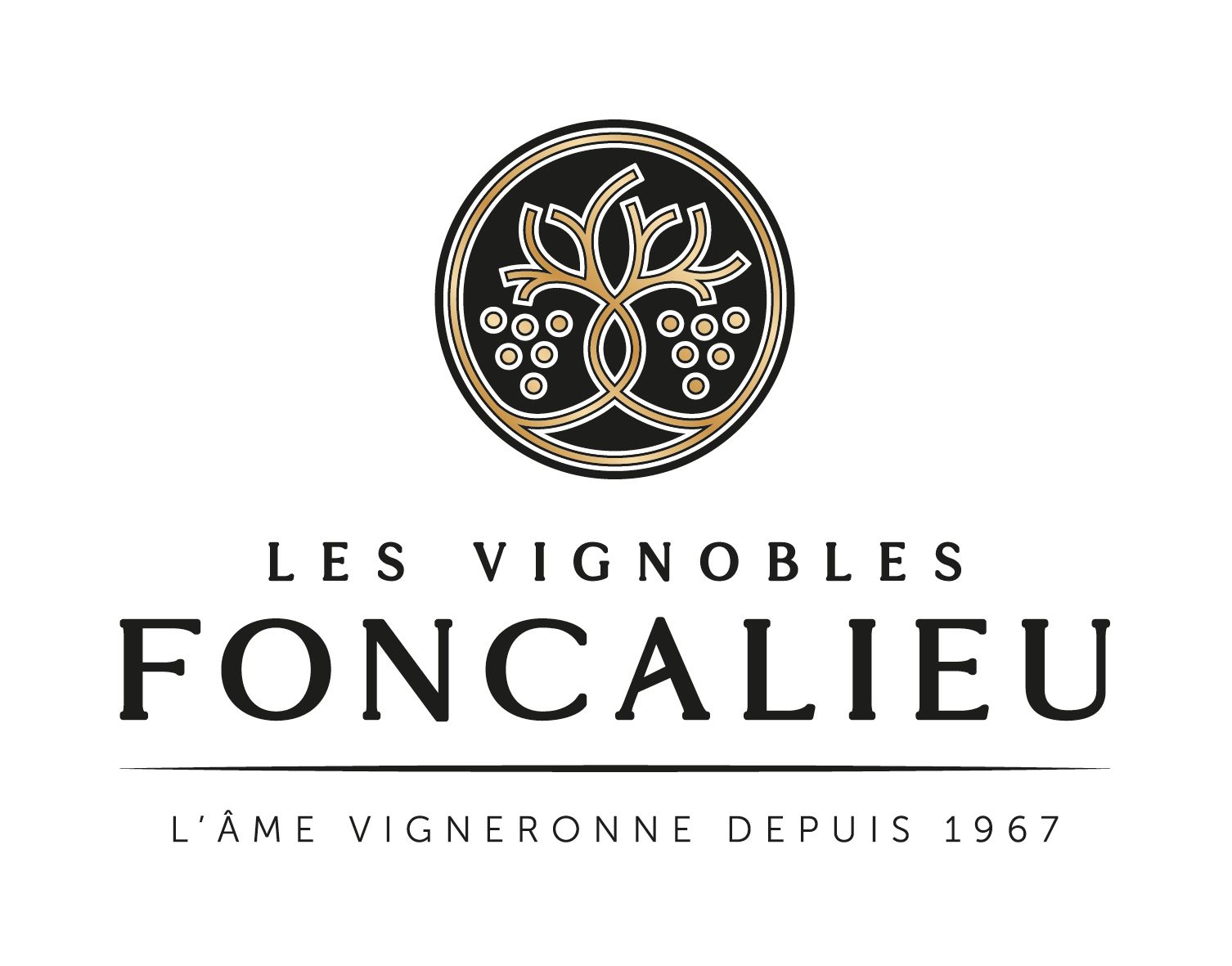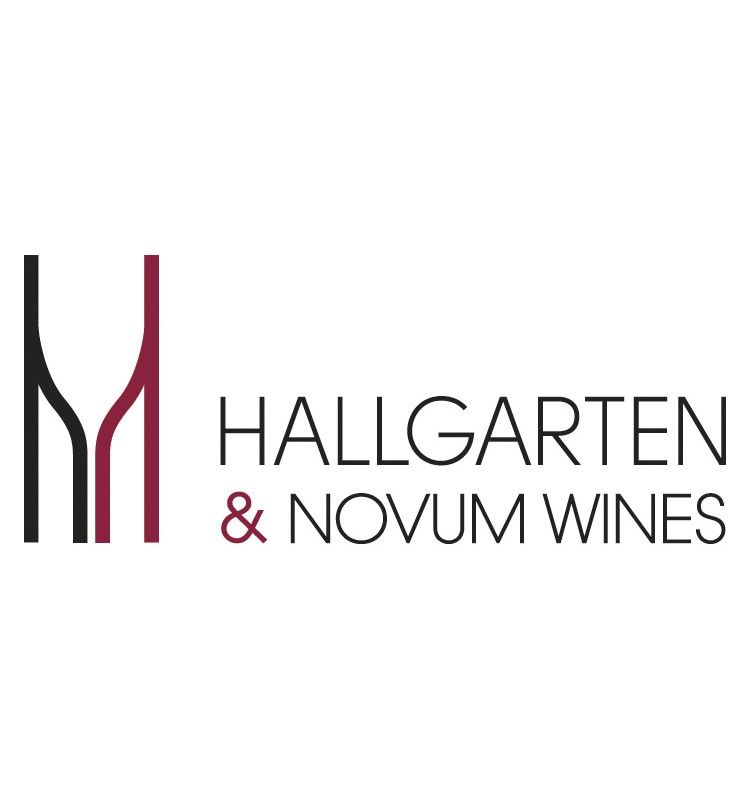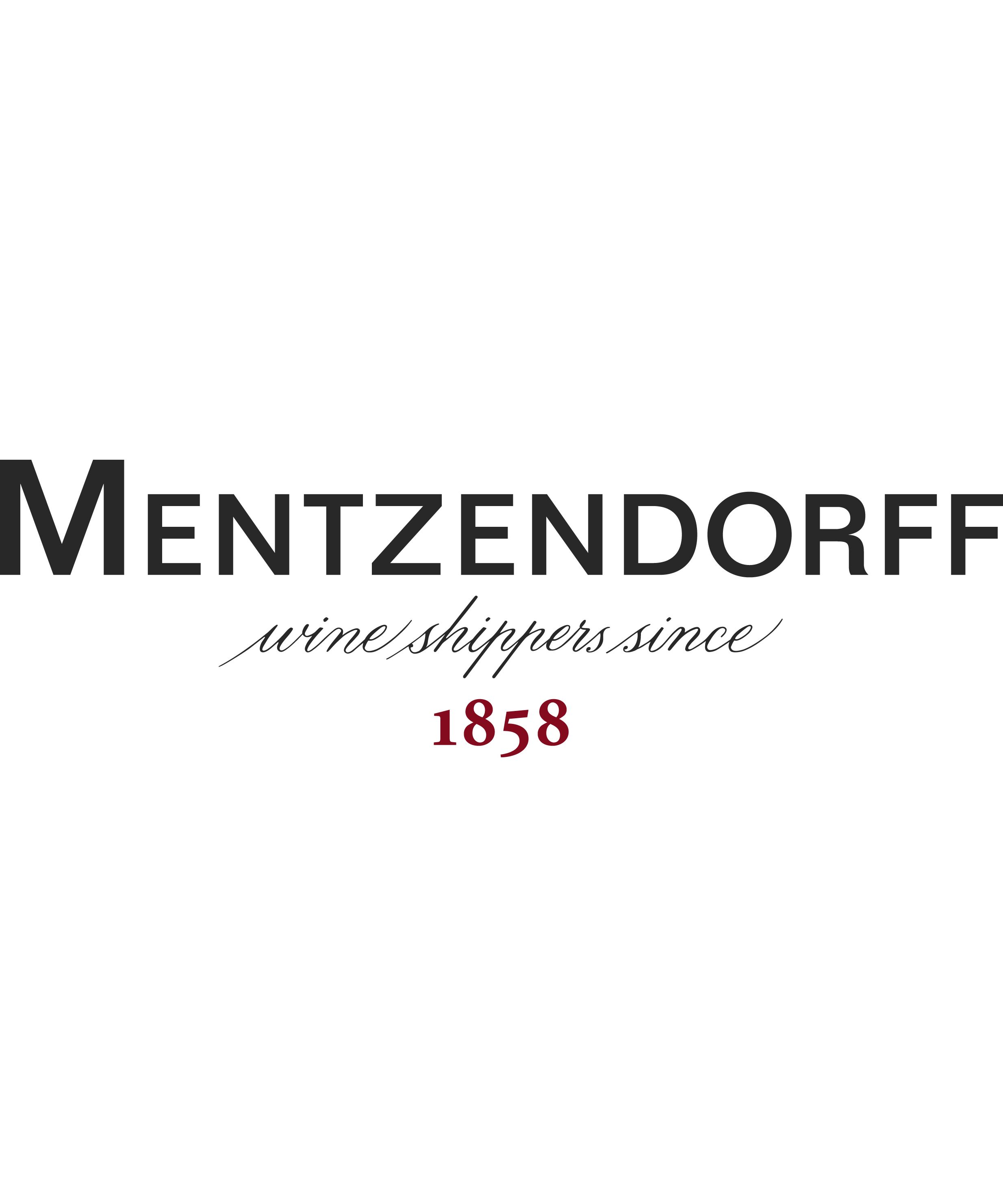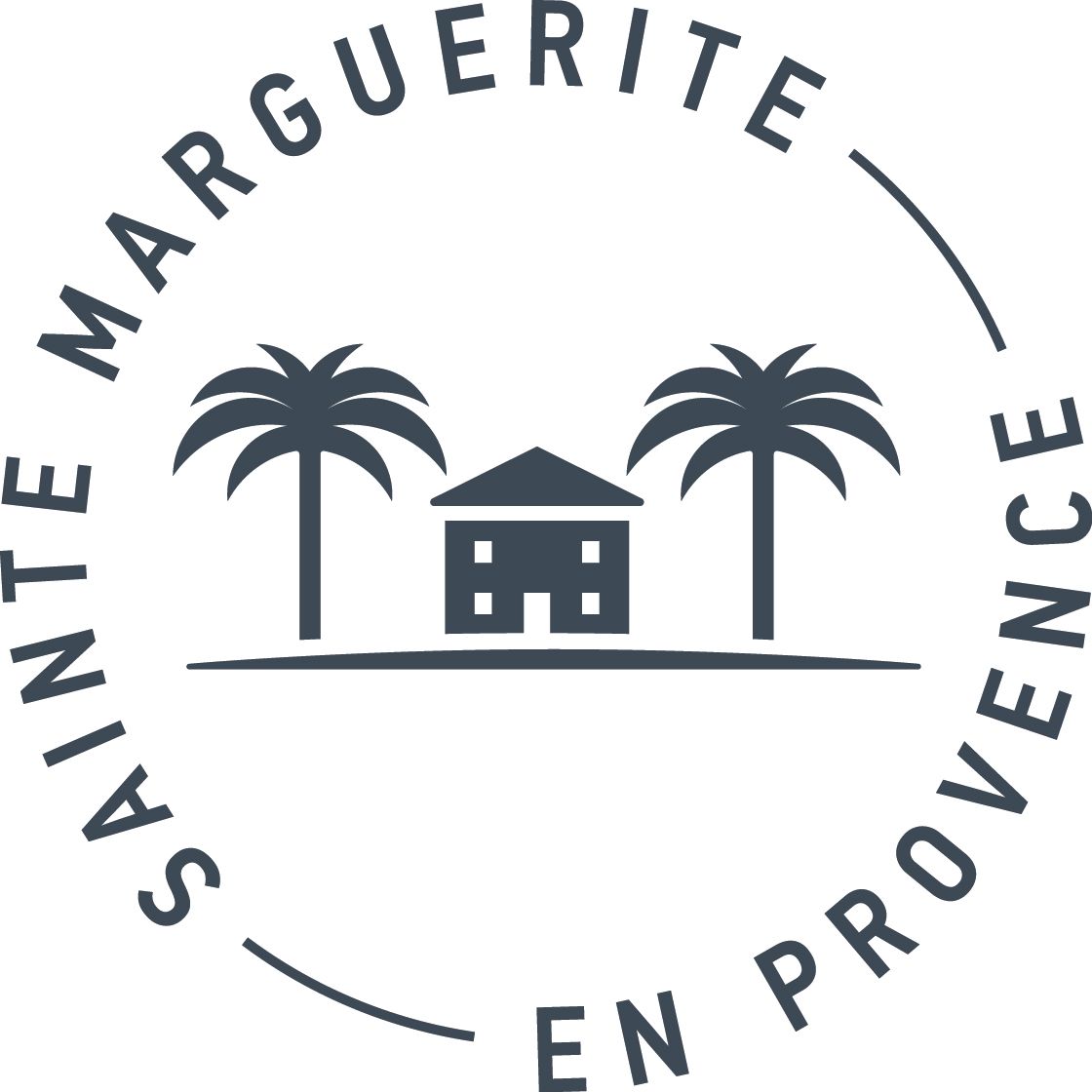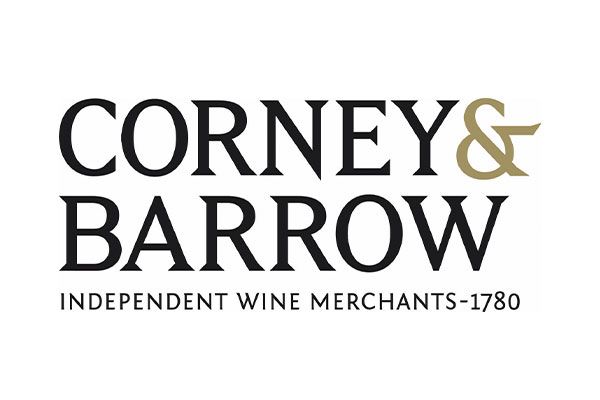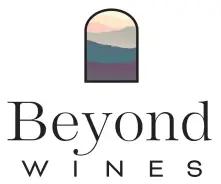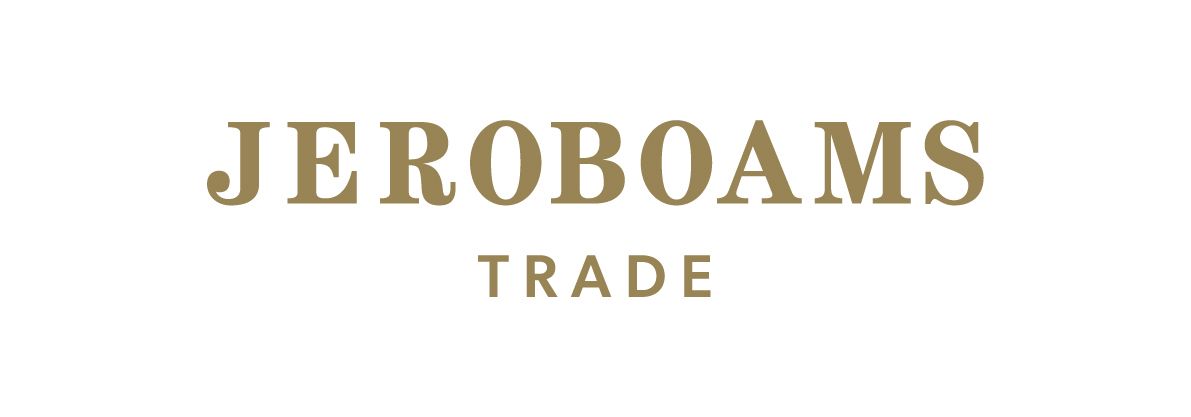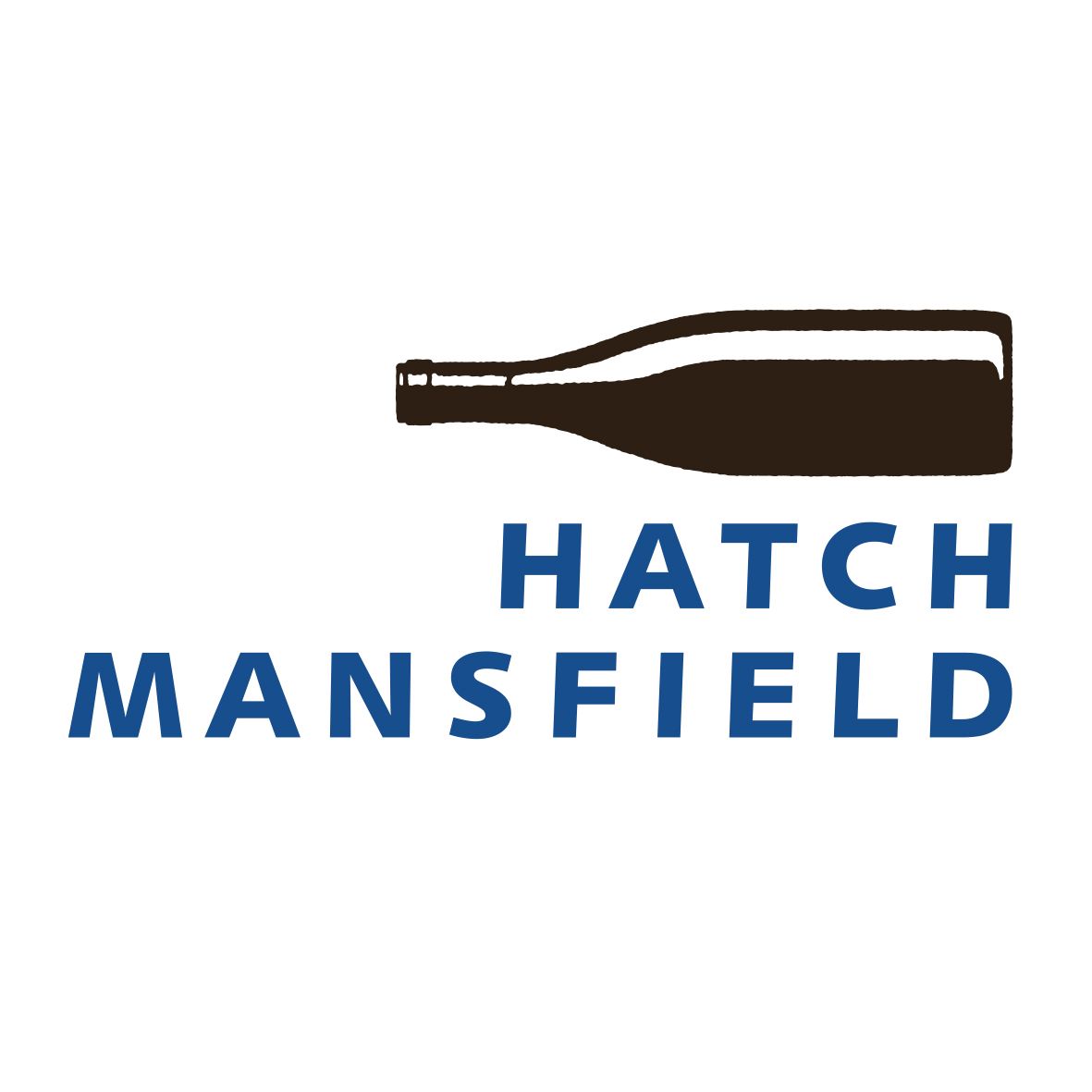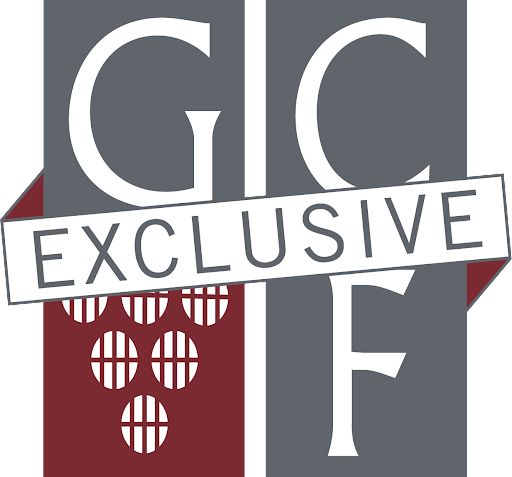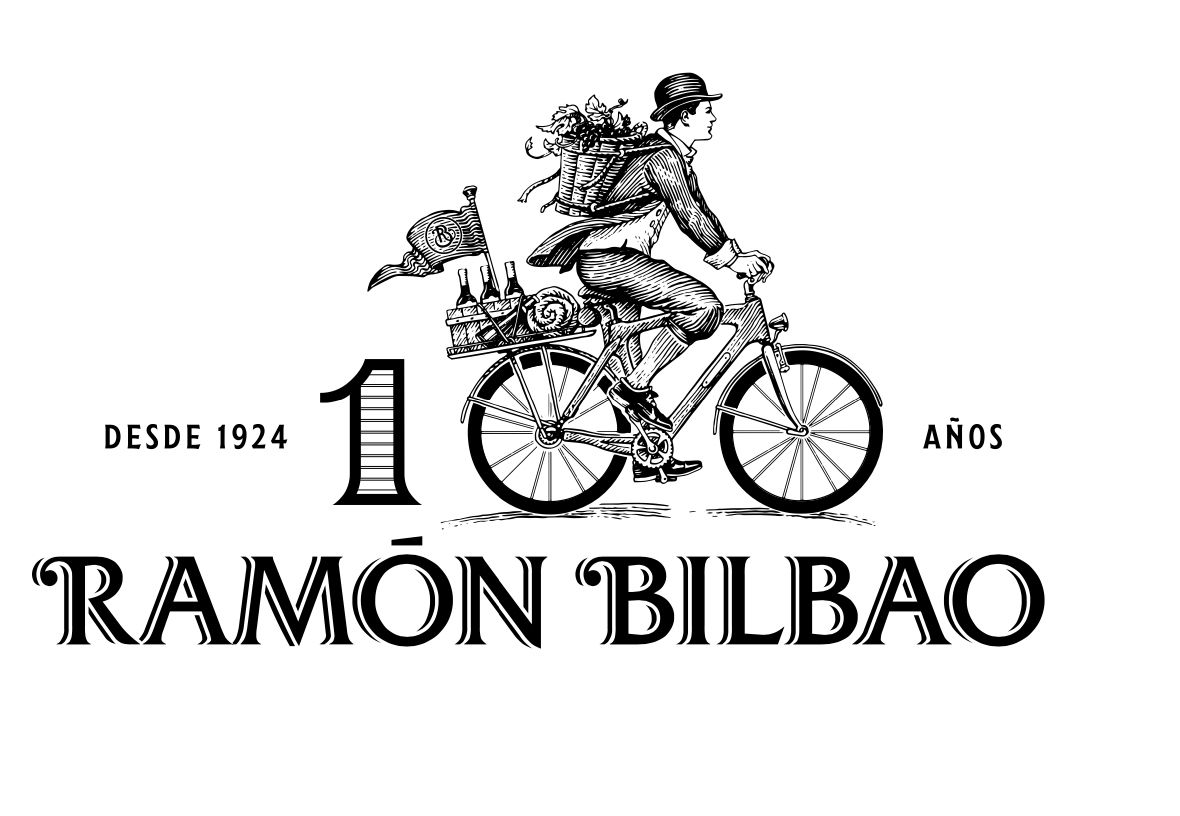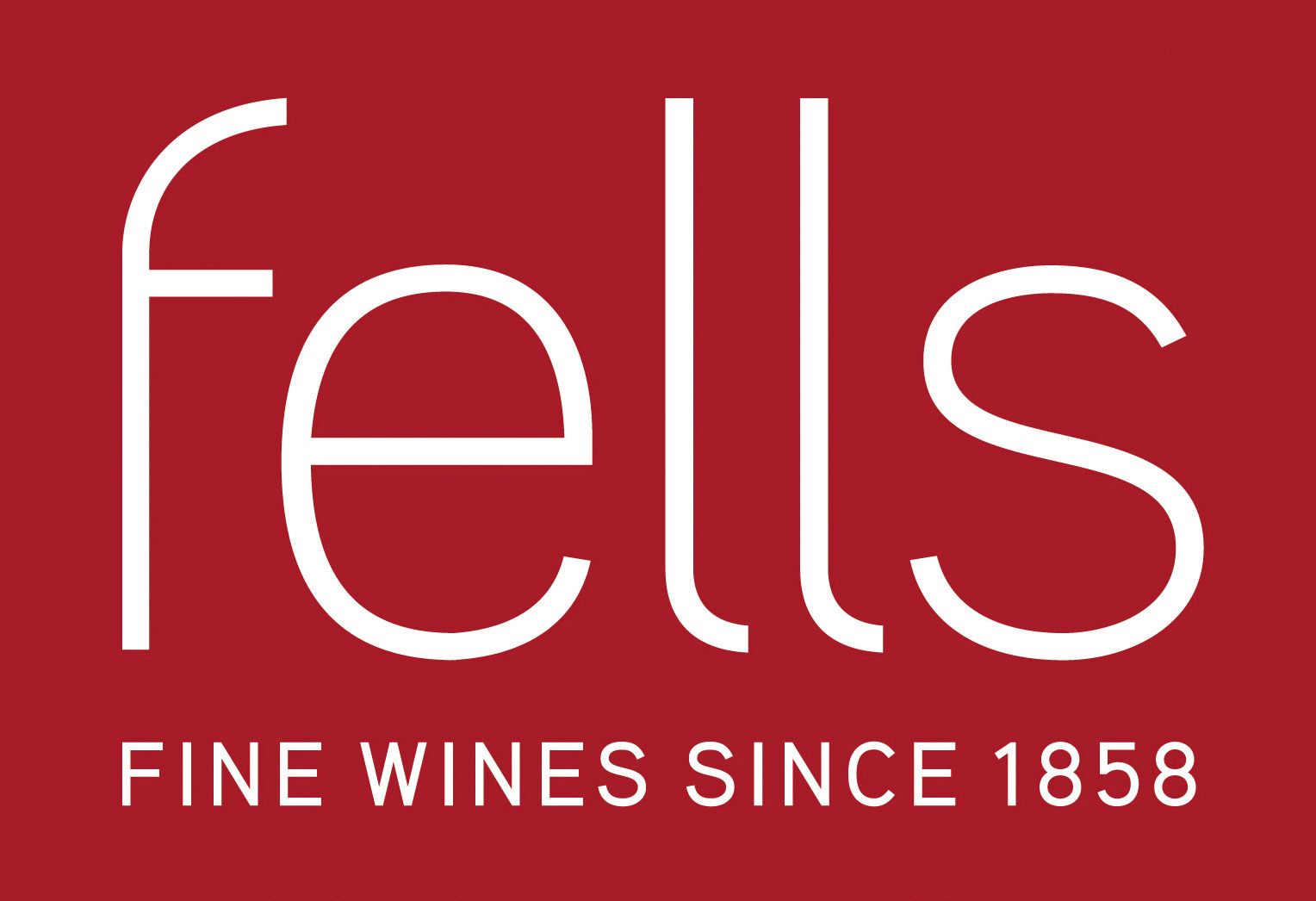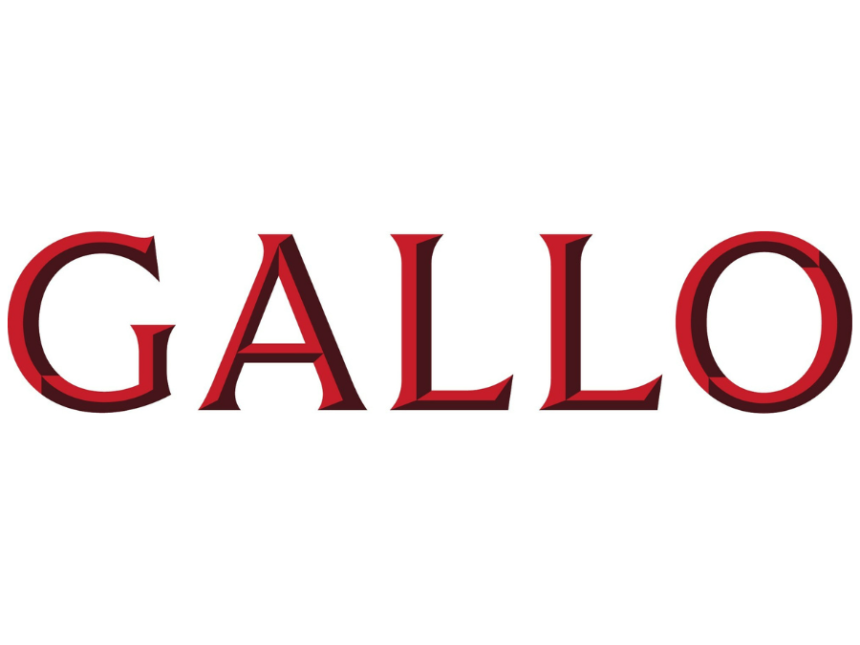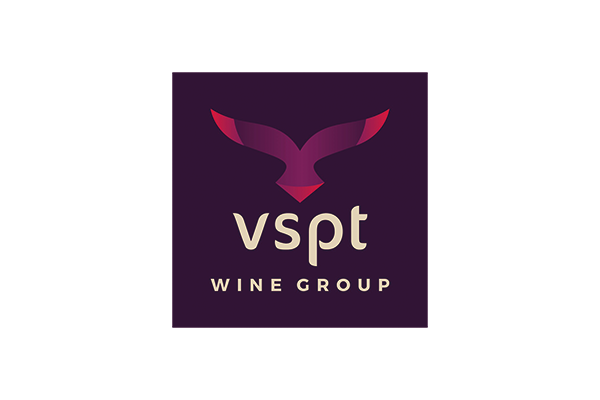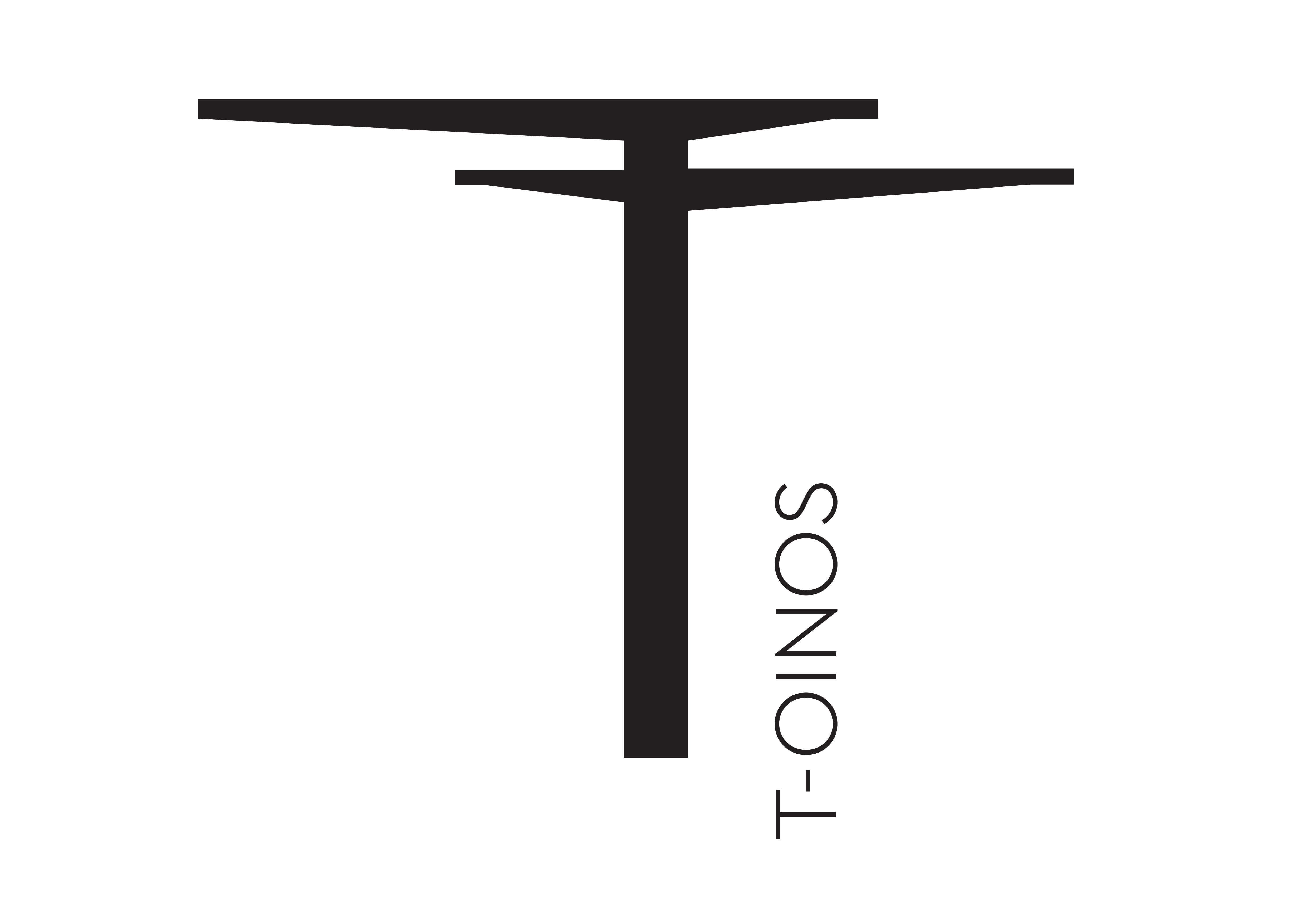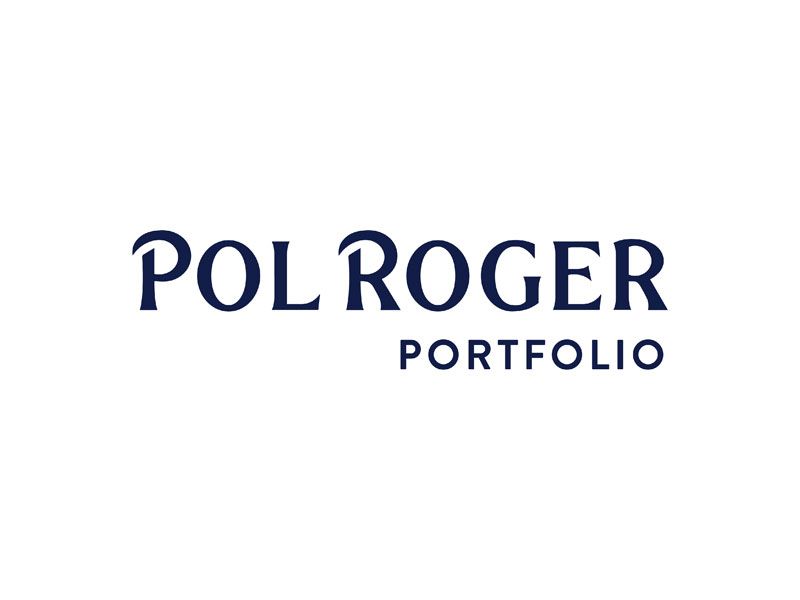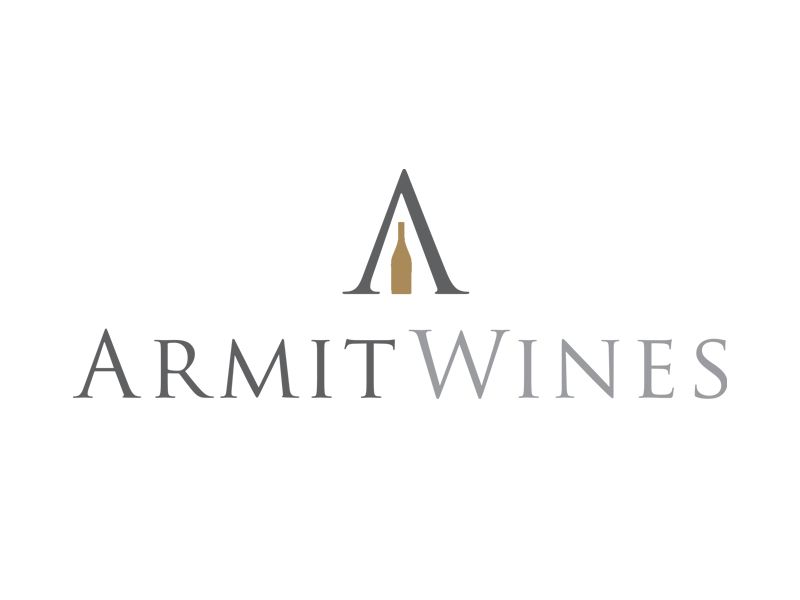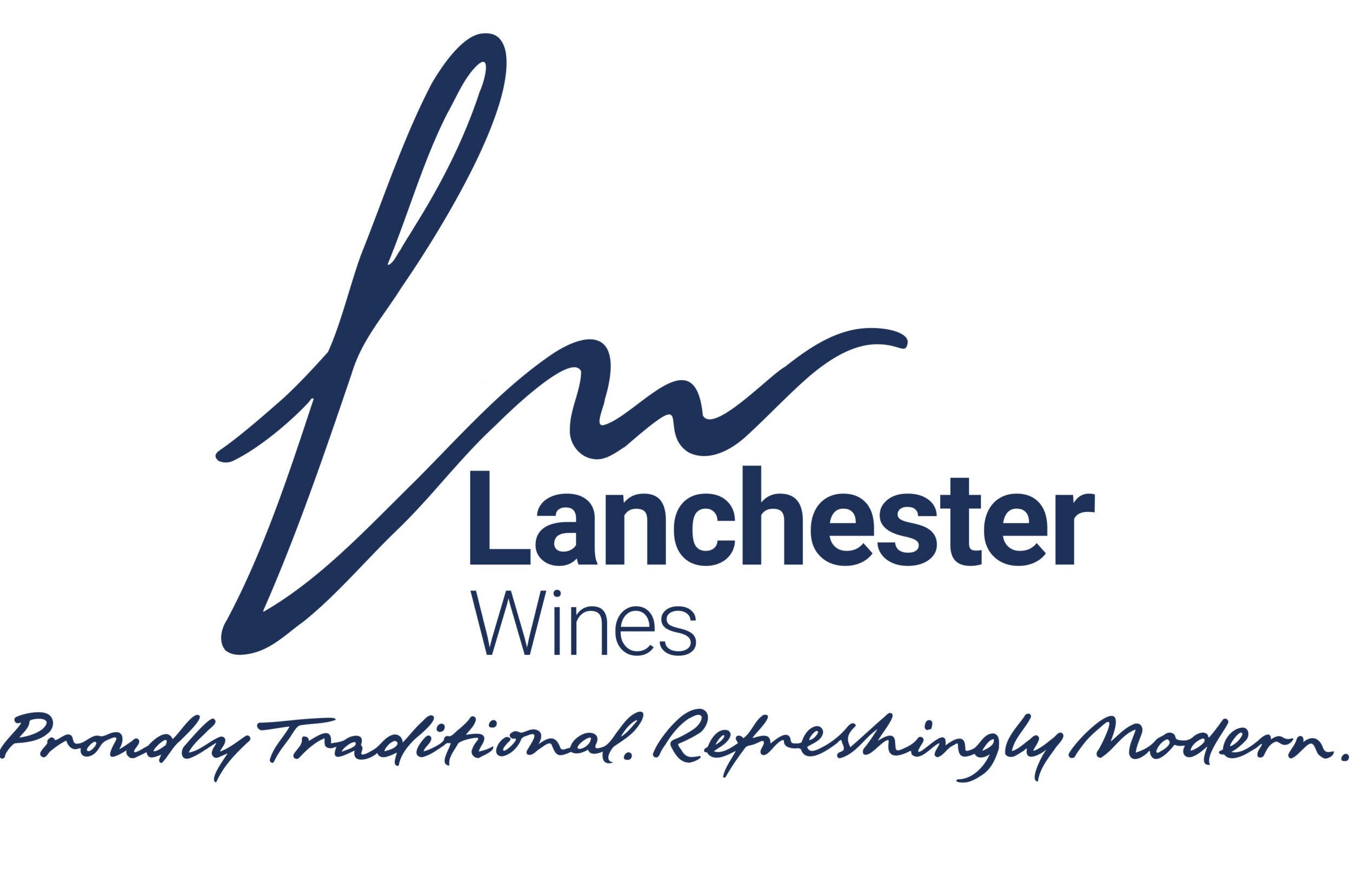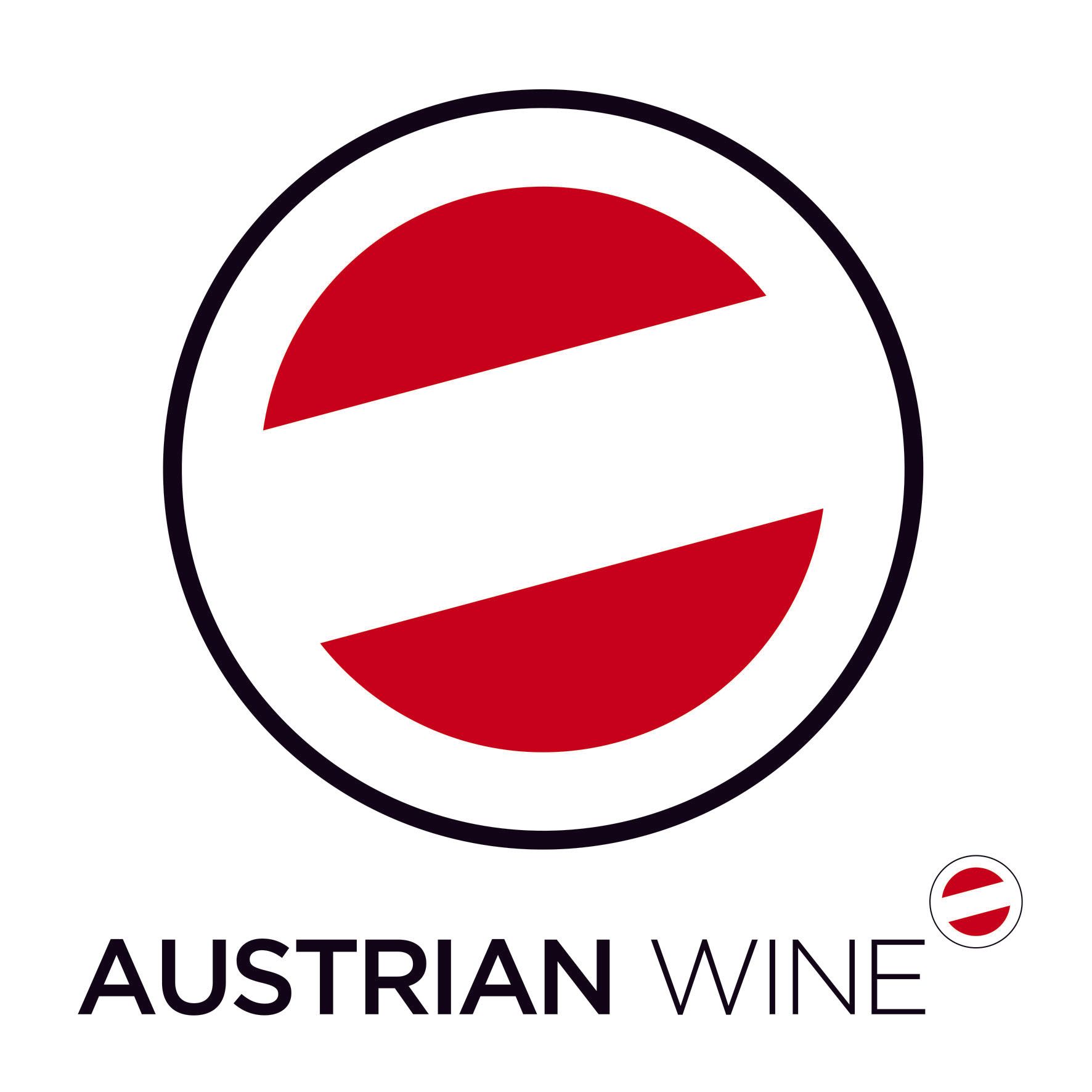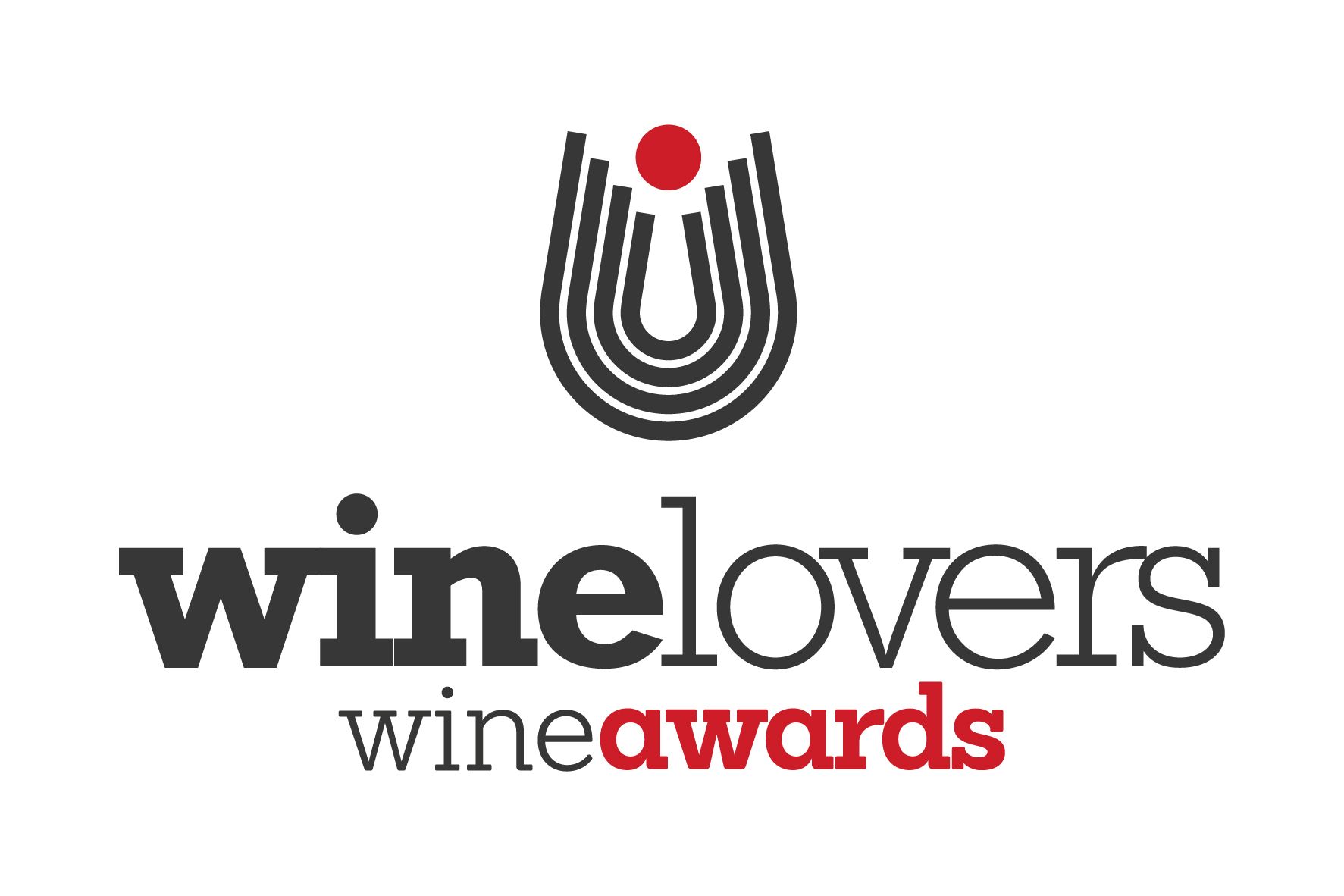Cristóbal Undurraga may have a famous winemaking name, but he has made his reputation not for the wines he made for the family business, but rather all the wineries, producers and major brands that he has been responsible for long after the family’s wine business was sold.
Undurraga was part of the fifth generation that took on the family business before it was sold in 2005 giving him the time and the opportunity to travel the world and see for himself how wines were being made in different countries. A seven year journey that took him to California and the Napa Valley, Rosemount Estate in Australia, Château Margaux in Bordeaux and Kaiken in Argentina amongst others.
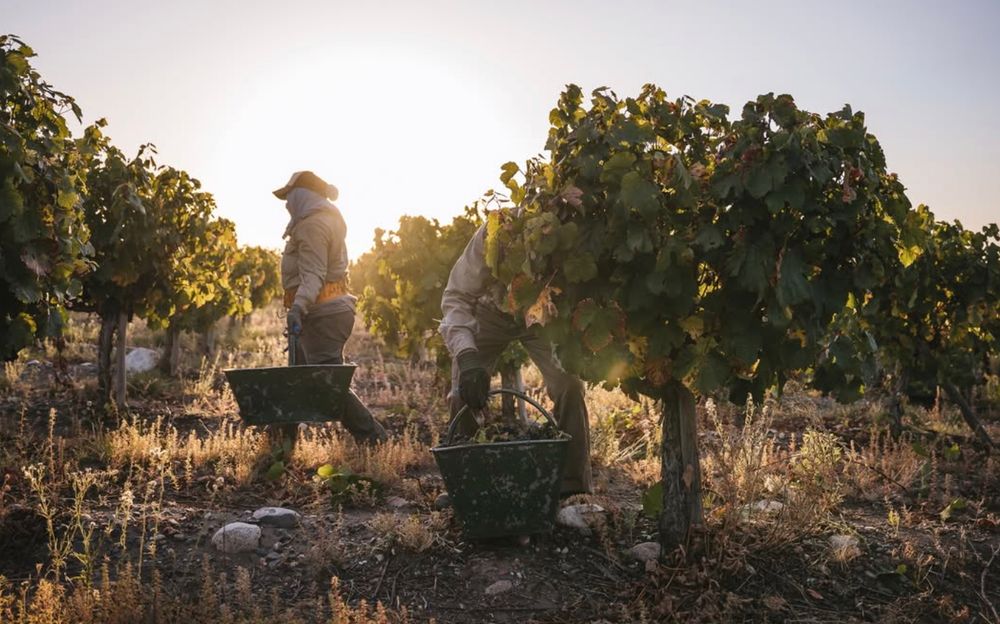
Doña Paula has made its home in the high altitude vineyards of Gualtallary
He says he wanted to use the time to “really study winemaking” and “learn from other countries, be it new techniques, or new ideas”.
Crucially he also knows his way as much around a vineyard as he does a cellar thanks, in part, to his background studying agricultural engineering, viticulture and enology at the Pontificia Universidad Católica of Chile.
For him winemaking is as much about getting the “vitiviniculture” right as it is having the best grapes. Where the focus has to be on the land, the soils, terroir but also the climate.
He was first introduced to the potential of making wine in Argentina, and Mendoza in particular, when he helped fellow Chilean winemaker, Aurelio Montes, set up his Kaiken winery there as head enologist.
That’s when he first came across the unique winemaking possibilities there are across the Uco Valley. He was particularly excited about what he saw when he first came across Gualtallary, a small high altitude, sub-region of Tupungato right up against the foothills of the Andes Mountains.
He knew straight away that this was somewhere special. An opportunity, he says, “to make world class wines”.
The next level
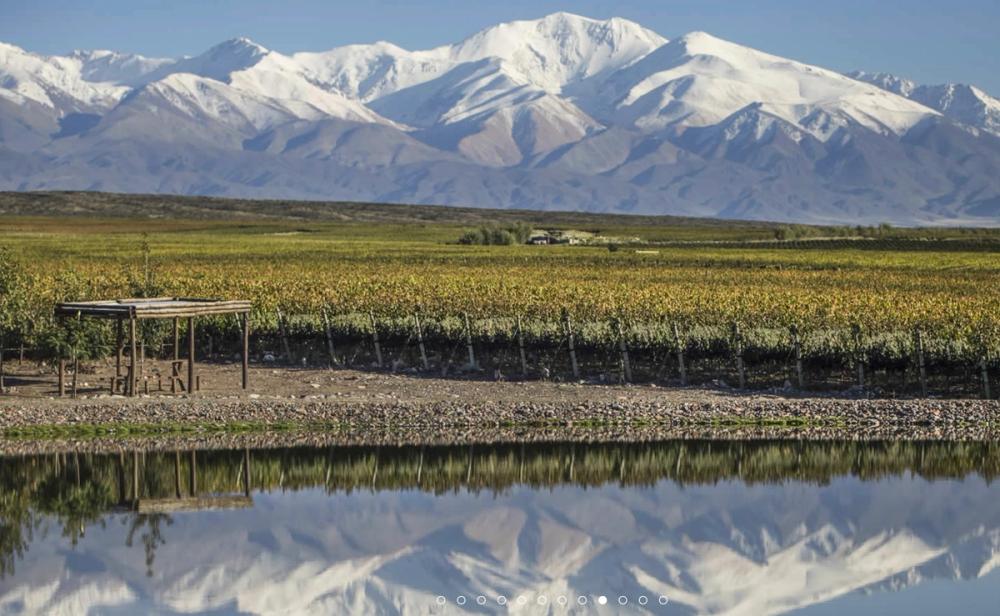
Finca Aluvia has the potential to make world class wines says Cristóbal Undurraga
It’s why he was so keen when he learned about Aluvia vineyard, a property planted by Doña Paula in 2007 in Gualtallary, and the possibilities it offers to take Doña Paula to yet another level - a “Grand Cru” level as he calls it - in his new role looking after and helping to develop the producer’s ultra premium and estate wines.
This is what Undurraga calls “high end” winemaking, which is pretty appropriate considering the wines from Gualtallary are made at 1,350m.
It is taking time and patience for Undurraga to really drill into Gualtallary as the region capable of making the highest quality grapes in the Uco Valley. A region that is already making “sensational Malbecs,” he says, but is also ideal for Cabernet Franc and Chardonnay too.
“It has opened the door to us to also look at other red grape varietals.
It is the combination of terroir, climate and proximity to the Andes that makes Gualtallary such an exciting place, he adds. And the ideal location for its Finca Aluvia vineyards where the rocks and stones that have swept down from the mountains have left a tapestry of different soil types, rich in calcium carbonate. All of which help to make wines that offer purity of fruit, and that magical double act of low sugar and high acidity. Resulting in soft, textured fresh, rounded wines.
Then there is in the Aluvia Vineyard, a 6.7 hectare site, with bush vines sitting on an old stream bed with alluvial soils covered with high content in calcium carbonate, from where is making separate fermentations to create different wines. Here it is experimenting with different varietals with the hope of making “single block wines”.
He likens it to the “Burgundian concept” of making wine from a very specific, small plot within a wider vineyard.
“There is a chance here to really drill down into the vineyard to make different expressions of wine,” he adds.
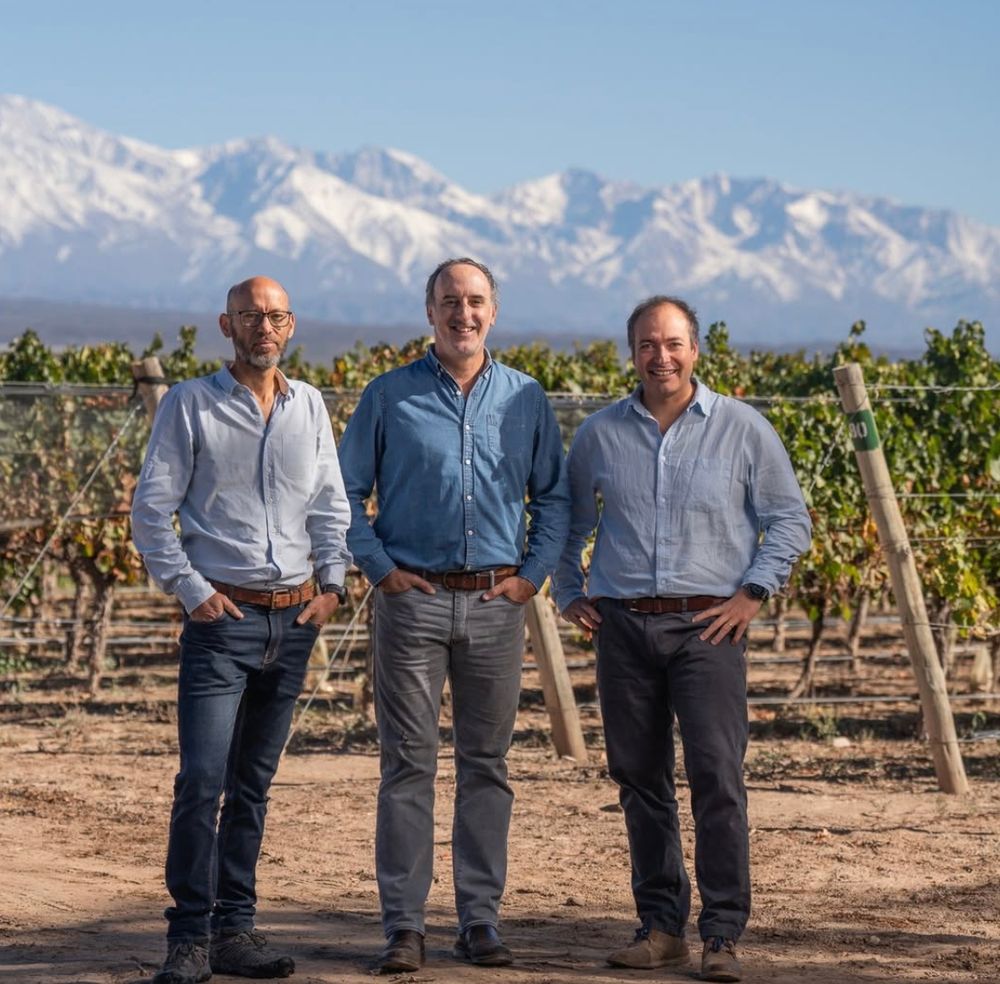
Mauricio Palacios, Cristóbal Undurraga and Martín Kaiser are united in looking to help Doña Paula take Argentine wines to the next level of quality
Undurraga now wants to see what is possible by converting the land to biodynamic farming and following regenerative viticultural practices in order to maximise as much as possible the natural microbiology in the soils and surrounding land. Steps that will help to really “make the place talk”.
The goal, he says, is to look at the short, medium and long term potential of the region and what Doña Paula can do there. Potentially adding a tasting facility to sit amongst or close to its Alluvia Vineyard.
“Where we can bring people to see they can really experience this special place so close to the mountains,” he says.
Then there is what Undurraga calls the “influence” of the Andes Mountains that rise up from the Uco Valley and stretch for miles on end. That “influence” now sit below its vines, playing its part in the grapes that are grown there.
You also have to respect the intensity of light that comes from the sun at such a high altitude that also has its role to play, and why canopy management is also so important.
Pushing boundaries
“I like the concept of mountain wines,” he says. “You have to understand the place and then build into the landscape, create biological corridors in the vineyards for animals and insects. We are looking for that sense of place.
“But we need to understand it more. We want to be a reference point in Gualtallary. To keep pushing the boundaries and the connection with the land.”
Which also means careful maturation and the use of foudres and concrete eggs in the winery so that you keep the “full expression” of the wine and its “freshness,” he adds.
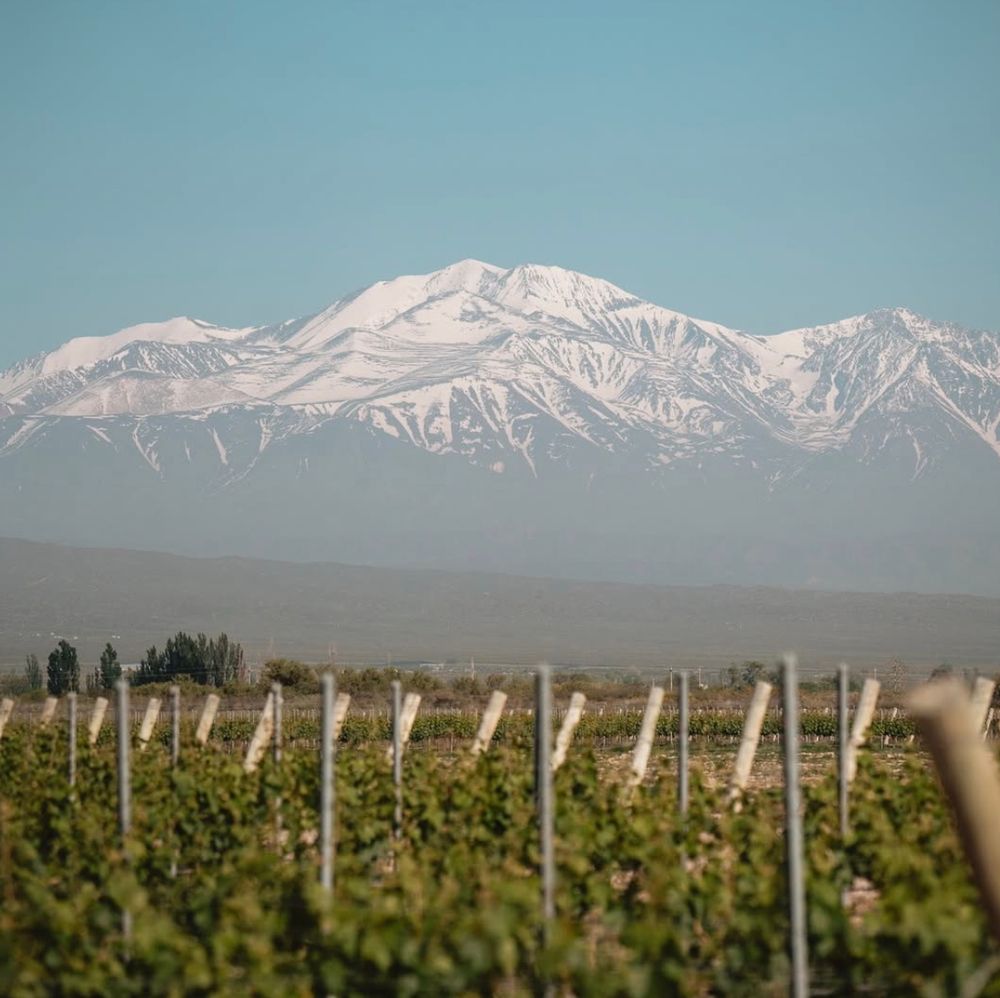
Cristóbal Undurraga likes the concept of making "mountain wines"
Undurraga is a big fan of what concrete eggs can bring to super premium wines, and can even lay claim to being the first to introduce them to Chile in 2010.
He believes the Doña Paula range of wines are a symbol of what Argentina has been able to achieve over the last 15 years. A brand and selection of wines dedicated to showcasing the best of what the country can do.
The emergence of Gualtallary as the most premium region of all can be seen in how its top wine, the Seleccion de Bodega, has been made up 100% of grapes from its Finca Alluvia vineyards since 2015.
“You can see how far Argentina has evolved over the last 15 years in this wine,” he says.
Doña Paula’s other ranges, including its Selección de Bodega, Altitude Blends, Estate and Single Vineyard, Unique Organic, Los Cardos, and Paula come from its other vineyard areas in Mendoza. These include: Finca El Alto, its main 435 hectare site in Ugarteche, Luján de Cuyo at 1,050m; and El Cepillo, San Carlos with 80h at 1,150m.
All offering different tiers and wine styles across the Doña Paula brand.
Whilst the brand and its wines have come a long way over the last 10 years, Undurraga is keen to stress this is very much still a “work in progress” and that winemakers and producers are learning individually, and collectively, about what is possible in Argentina, and in particular itsworld class vineyardsin the Uco Valley.
- You can find out more about Doña Paula here.
- Doña Paula wines are distributed in the UK through North South Wines.

